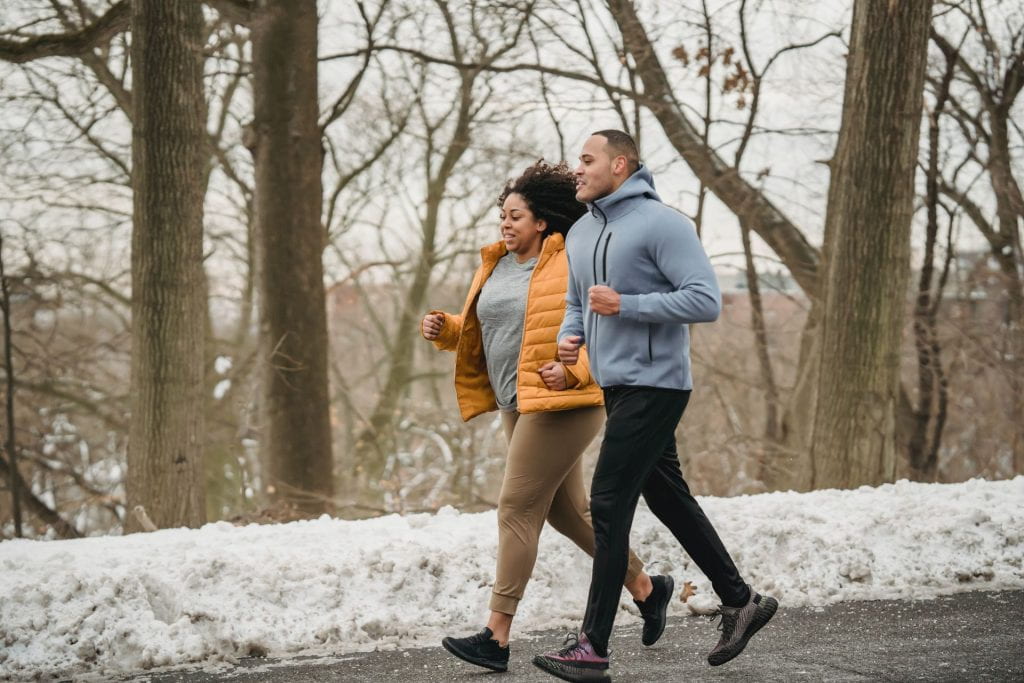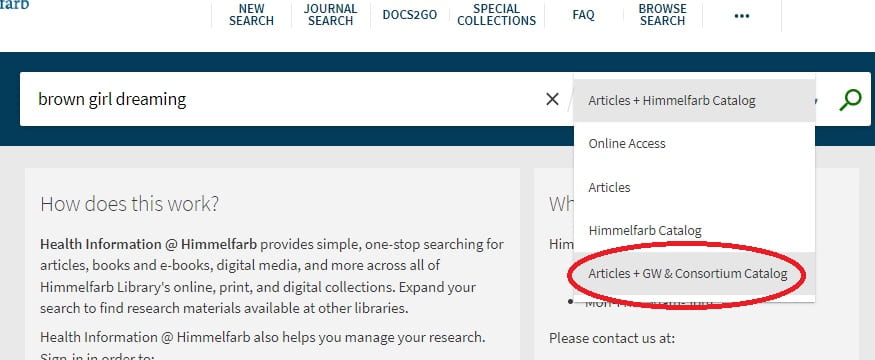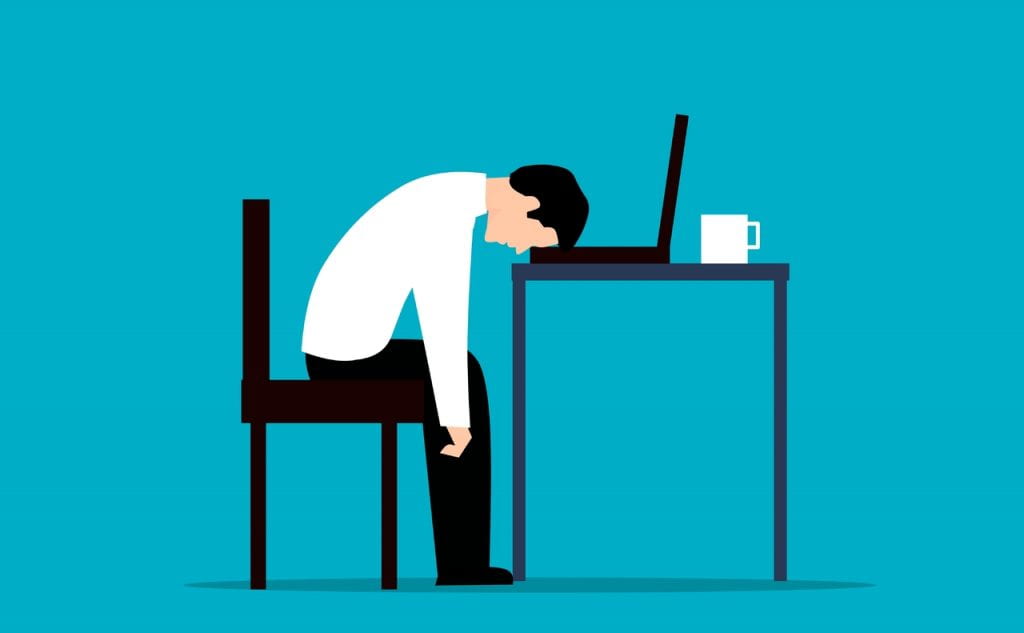Photo by cottonbro from Pexels: https://www.pexels.com/photo/mri-images-of-the-brain-5723883/
Warning: This post contains discussion of murder.
A handful of serial killers have gained extreme notoriety in popular culture. You might recognize the names Richard Ramirez, Jeffrey Dahmer, John Wayne Gacy, and Ed Gein. These four infamous men have something else in common too, and it might surprise you. All four reportedly suffered head trauma as children.
Traumatic brain injuries (TBIs) are a leading cause of death and disability in the juvenile population (Williams et al., 2018). In a previous post in this series, we examined the effects of chronic traumatic encephalopathy, which results from repeated head trauma. However, even just one moderate-to-severe head injury can have serious repercussions.
A traumatic brain injury is defined as “an insult to the brain by an external mechanical force” (Williams et al., 2018). Moderate-to-severe TBI cases are characterized by at least one of the following: >30 minutes loss of consciousness, >24 hours altered mental status, >24 hours post-traumatic amnesia, or a score of <13 on the Glasgow Coma Scale (DynaMed). In such cases, internal bleeding and hypoxia can occur.
When someone suffers a TBI, there is a risk of developing long-term neurocognitive issues including loss of executive function, impulsivity, and aggression (Williams et al., 2018). In turn, this could lead to social issues; for example, people with serious brain injury might have fewer educational and employment opportunities, and might be more likely to abuse drugs (Williams et al., 2018).
Thus, TBIs could potentially lead to a number of behavioral and social risk factors for violent crime. Studies have borne out this connection; for example, a 2011 meta-analysis found a significantly higher prevalence of TBIs among incarcerated people as compared to the general population (Farrer & Hedges, 2011).
So, do TBIs turn someone into a killer? No, it’s not that simple. First, of course, the overwhelming majority of people who suffer head trauma in their youth do not become serial killers. Moreover, it can be hard to distinguish correlation from causation in these cases because certain factors, such as low socioeconomic status and aggressive and risk-seeking behavior, can predispose one to both TBI and criminal activity (Williams et al., 2018). As well, there are a great number of other biopsychosocial factors associated with serial killers, including experiencing child abuse or having mental illnesses like antisocial personality disorder or psychopathy.
The four serial killers mentioned here were convicted of the murders of 65 people in total. Did traumatic brain injury play a role in this massive loss of life?
Do you know of another interesting true crime case with medical connections? Email Rachel Brill at rgbrill@gwu.edu.
References
DynaMed. Moderate to Severe Traumatic Brain Injury. EBSCO Information Services. Accessed January 19, 2023. https://www.dynamed.com/condition/moderate-to-severe-traumatic-brain-injury
Farrer TJ, Hedges DW. Prevalence of traumatic brain injury in incarcerated groups compared to the general population: a meta-analysis. Prog Neuropsychopharmacol Biol Psychiatry. 2011 Mar 30;35(2):390-4. doi: 10.1016/j.pnpbp.2011.01.007. Epub 2011 Jan 14. PMID: 21238529. https://pubmed.ncbi.nlm.nih.gov/21238529/
Williams WH, Chitsabesan P, Fazel S, McMillan T, Hughes N, Parsonage M, Tonks J. Traumatic brain injury: a potential cause of violent crime? Lancet Psychiatry. 2018 Oct;5(10):836-844. doi: 10.1016/S2215-0366(18)30062-2. Epub 2018 Feb 26. Erratum in: Lancet Psychiatry. 2018 Jul 17;: PMID: 29496587; PMCID: PMC6171742. https://www.ncbi.nlm.nih.gov/pmc/articles/PMC6171742/











